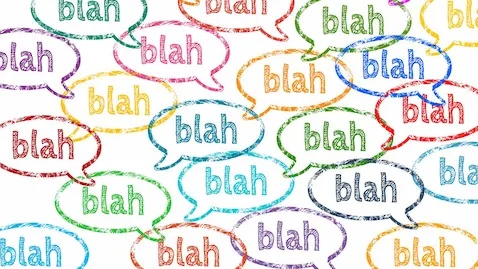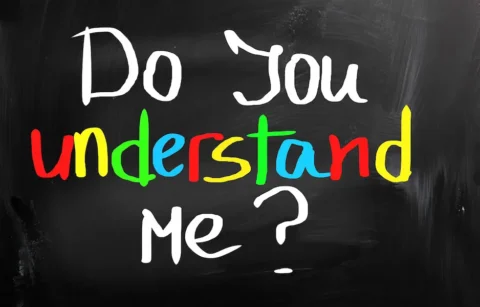What is back channelling?
Back channelling is the feedback which a listener gives to a speaker to show that (s)he is following, or understands what the speaker is saying.
The term back channel comes from the idea that every conversation operates in two directions – the primary “channel” of communication comes from the speaker to the listener, but there is another “channel” which comes back from the listener.
What are some examples of back channelling?
In English, back channelling usually takes the form of utterances such as uh-huh, yeah, mmm, okay, right, wow!, really?.
Here’s an example:
- “And then after you’ve added the eggs, give it a good whisk…”
“Okay”
“…and then add the flour, bit by bit…”
“Uh-huh”
“…It’s important not to add all the flour at once…”
“Right”
“…If you do that it’ll go lumpy…”
“Mmm”
How back channelling is used, and how often, varies from language to language. The choice of backchannel, its timing and the intonation used are all important, and misunderstandings can occur if learners are unaware of this – listeners can come across as uncooperative or uninterested.






